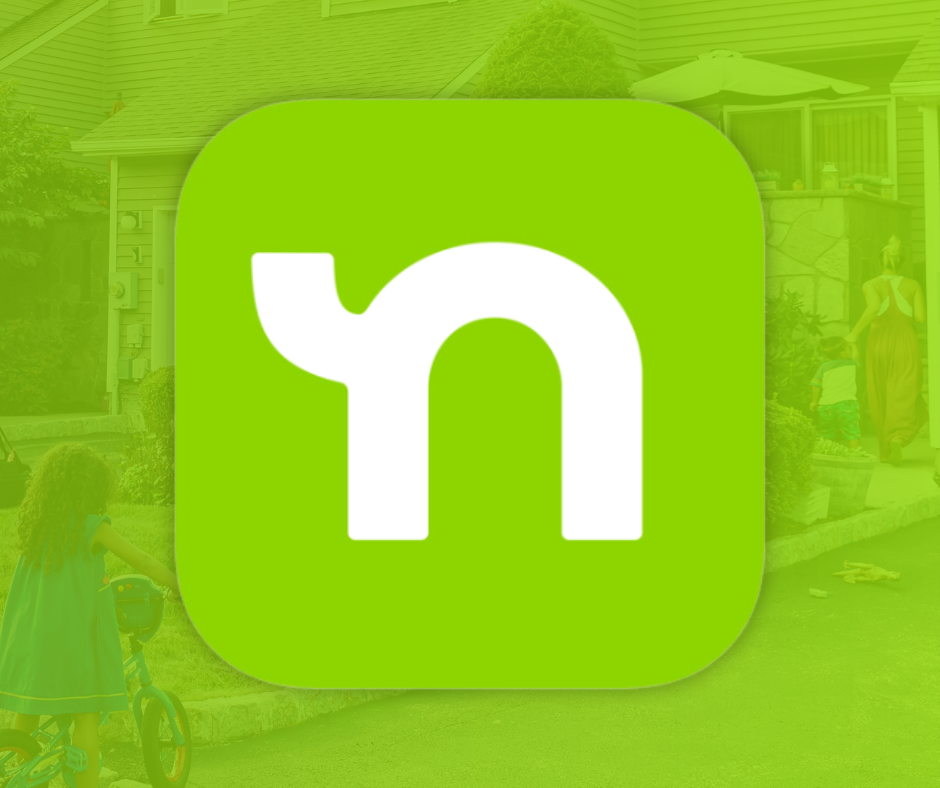In today’s digital age, fake numbers have become a prevalent issue that users must remain cautious about. Fake numbers are not just limited to spam calls—they also represent fraudulent phone numbers designed to deceive individuals and steal sensitive information or commit scams. Identifying and avoiding these fake numbers is vital to protecting yourself from potential risks.
1. What Are Fake Numbers?
Fake numbers are phone numbers that are either invalid or fraudulent and are typically created with the intent to deceive others. These numbers may appear as calls from unknown sources or mimic legitimate organizations, banks, or services. The goal behind these calls is often to trick users into revealing personal information or taking actions like sharing OTP codes, bank account details, or making fraudulent payments.
2. Signs to Identify Fake Numbers
Identifying fake numbers may not always be straightforward, but there are key indicators that can help you stay cautious:
-
No Caller ID: If you receive a call from a number with no caller information, or if it displays as “unknown number,” it could be a fake number. These types of calls are often used to hide the identity of the caller.
-
Unfamiliar Phone Numbers: Calls from numbers with unfamiliar area codes or international numbers, especially those from countries you're not associated with, are often red flags for fake numbers.
-
Strange Voices or Sounds: Calls from fake numbers may have poor call quality, strange background noise, or an unnatural, robotic voice. If the caller sounds odd or the conversation seems disjointed, it could indicate a fraudulent call.
-
Requests for Personal Information: If the caller asks for sensitive personal details, such as your passwords, OTP codes, or bank account numbers, it’s a major sign that the number is fake. Legitimate companies rarely request such information over the phone.
3. Risks Associated with Fake Numbers
Receiving calls from fake numbers carries significant risks, including:
-
Financial Fraud: Fake numbers can trick you into providing your banking or credit card information, leading to financial loss or unauthorized transactions.
-
Phishing Attacks: Many fake numbers impersonate trusted organizations, like banks, to steal sensitive data. This can lead to identity theft or unauthorized access to your accounts.
-
Security Breaches: Providing personal information to scammers can open the door to cyberattacks, compromising your security and putting your data at risk.
4. How to Avoid Fake Numbers
To protect yourself from fraudulent phone calls, you can take the following precautions:
-
Install Phone Number Identification Apps: There are many apps, like Truecaller, Hiya, and CallApp, that help you verify the source of incoming calls. These apps can alert you if a phone number is flagged as suspicious or associated with scams.
-
Don’t Answer Unfamiliar Calls: If you don’t recognize the number, avoid answering the call. Let it go to voicemail, and if it’s important, the caller will leave a message. If necessary, verify the number online.
-
Block Suspicious Numbers: If you identify a fake number, use your phone’s blocking feature to stop future calls from that number. Most smartphones have built-in options to block specific numbers.
-
Be Cautious When Asked for Personal Information: Never share sensitive details, like banking or credit card information, over the phone unless you are 100% sure about the caller's legitimacy. When in doubt, contact the company directly using a verified number.
5. Apps to Detect Fake Numbers
To further safeguard yourself, you can use apps designed to detect fake numbers. Popular apps such as Truecaller, Hiya, and CallApp allow users to verify the origin of phone numbers and identify whether they are associated with fraudulent activities. These apps utilize large databases and user reports, helping to flag potentially dangerous numbers.
Conclusion
Fake numbers are a serious threat in today’s digital landscape, not only to individuals but also to businesses. They can jeopardize your financial security and expose your personal data. By learning to identify the signs of fake numbers and using available technology to detect and block them, you can protect yourself from scams and fraud. Always stay vigilant, use the right tools, and be cautious when dealing with unfamiliar phone numbers.














